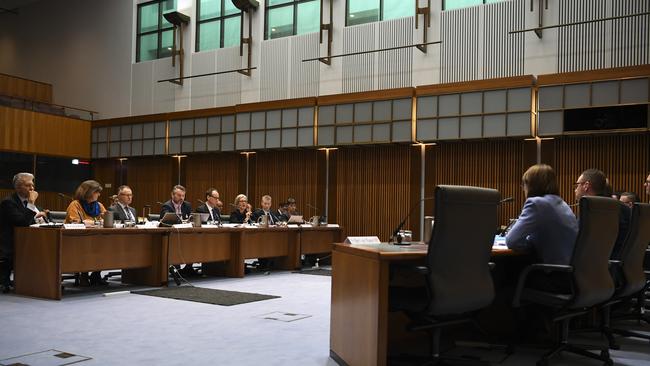Australia’s regulatory architecture still dealing with the RC legacy

Three important regulatory design recommendations were not delivered in full measure; each has left a structural flaw in the regulatory framework.
Firstly, the royal commission was very clear that regulators, especially ASIC, need to prioritise enforcement. It highlighted that enforcement is a primary regulatory function. Given that not every breach can be prosecuted, there needs to be clarity about what gets enforced. Imagine if the police only investigated some, not all, serious crimes; and they had to make “choices” between which ones they prosecuted. The community would feel unsafe. Yet these types of choices are being made every day by ASIC.

ASIC needs to be crystal clear about their enforcement strategy; effective governance and accountability is needed to make the best (difficult) choices possible. Any ambiguity in that strategy diminishes its credibility. ASIC’s abrupt abandonment in 2021 of the royal commission endorsed “why not litigate?” process clouded understanding of its enforcement strategy. “Why not litigate?” was not designed to be popular, it provided clarity of process and conviction of purpose. Abandoning it appeared to be a political, not a regulatory, decision.
This, along with recent “risible” settlements, has impacted ASIC’s enforcement credibility. Here the royal commission stated that if “it becomes apparent that ASIC is not sufficiently enforcing the laws within its remit, or if the size of its remit comes at the expense of its litigation capability… consideration should be given to [establishing a separate civil enforcement agency]. This suggestion needs urgent consideration.
Secondly, ASIC administers a complex and voluminous rulebook. Here, the royal commission observed that “ASIC now administers 11 pieces of legislation... The legislation itself has grown longer and more complex. The length of the Corporations Act… has increased by 178 per cent since 1981.” ASIC has a larger remit than its global peers. Its rulebook expanded further after the royal commission, yet successive governments have failed to provide commensurate funding. The decades-long chronic underfunding of ASIC continues.
Australia’s financial regulators are being asked to much more with even less. To give context, ASIC’s 1,800 staff approximates to the size of the Northern Territory Police. Meanwhile, the AFP have 7,000 officers and NSW and Victoria each have around 20,000. ASIC is an extremely thin blue line.

Thirdly, the royal commission recognised that the existing parliamentary oversight of the regulators “has limitations” . It recommended the establishment of the Financial Regulator Assessment Authority to conduct “regular and systematic reviews” of APRA and ASIC.
Unfortunately, successive governments embraced this recommendation half-heartedly. Instead of regular reviews, they only occur every five years, and then only focus on certain areas. Hardly “regular” or “systematic”. Imagine if a listed company only had its performance audited every five years, and then only on a specific business-line, using completely different auditing standards from the last time. This is effectively occurring with the regulators.
Importantly, the royal commission’s direction that “ASIC’s progress in reforming its enforcement function be closely monitored” has not happened. Parliamentary oversight committees and FRAA also lack a consistent assessment framework. Moreover, issues of poor governance structures, limited commissioner accountability, and ill-defined independence (of ASIC in particular ) further complicate accountability. This is especially ironic given ASIC’s role regulating corporate governance.

None of this is new. In 2003 the Uhrig Report said a “common concern raised by the business community…, is the absence of effective accountability for the way in which the regulators go about their task. There was almost universal concern that regulators are effectively accountable to no-one.” Two decades and a royal commission later, this stark observation stands. Put simply, there is no effective oversight of our regulators.
It is a sobering observation that, five years following the royal commission, Australia’s institutional regulatory architecture has not changed, and ASIC remains chronically underfunded. The opportunity to establish a regulatory framework for the future was lost. This will presage more royal commissions and ever-widening swings of the ‘regulatory pendulum’. To be fair, this is not just the regulators’ fault; instead, we must recognise that regulators are driving a car designed by government, built by parliament, with petrol rationed by Treasury.
James Shipton is the former chair of ASIC.






Five years on there is significant unfinished business from the financial services royal commission; especially the regulators’ institutional framework. While there were some effective reforms in regulation, key structural recommendations were only implemented half-heartedly. Demonstrating successive governments’ half-heartedness was that while ASIC’s regulatory remit expanded, budget support did not. This has reduced ASIC’s capability. It was also a serious policy failure of the last government that, despite the royal commission’s profound findings and being repeatedly asked, they did not issue APRA and ASIC with statements of expectation to institutionalise the government’s response.